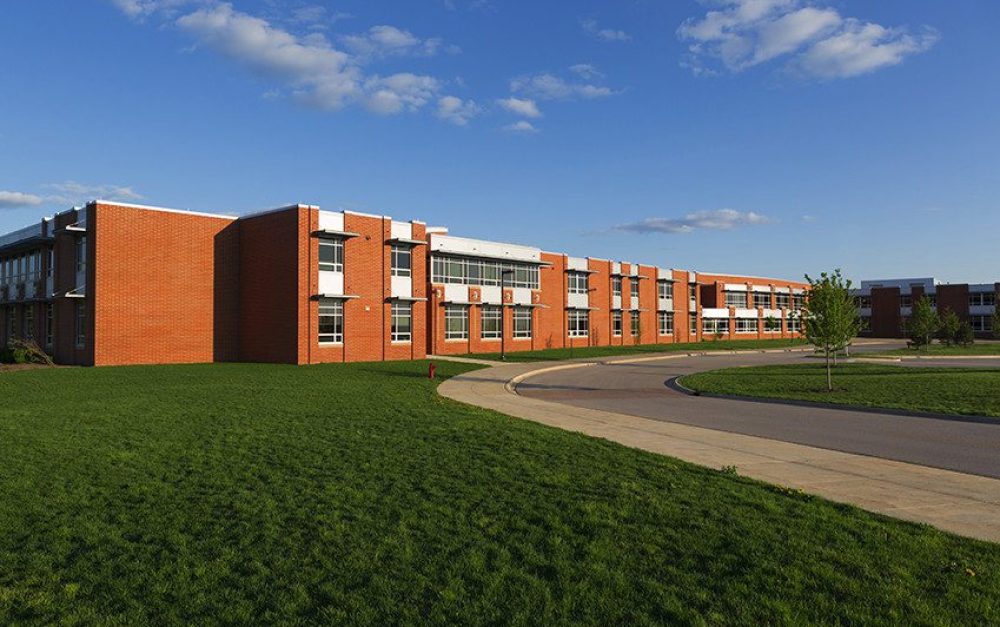In January, the California Department of Pesticide Regulation (DPR) announced rules to protect children from exposure to some of the worst agricultural pesticides used in the state. The resulting quarter-mile buffer zones put into place around schools are a solid step forward; however, a huge loophole exists in the execution of the buffers.
In January, the California Department of Pesticide Regulation (DPR) announced rules to protect children from exposure to some of the worst agricultural pesticides used in the state. The resulting quarter-mile buffer zones put into place around schools are a solid step forward; however, a huge loophole exists in the execution of the buffers.
As part of the new rules, growers are asked to provide information to schools and county agricultural commissioners on their annual planned pesticide applications for fields near schools. One would think that this information would also be easily accessible to anyone who wanted to see it — parents and community members included — right?
The right to know
Well, that’s where common sense failed. DPR went ahead and put in a gatekeeper for this information. Currently, there is only one person in the administration of each school who will have the credentials to access this information from a password-protected website. No one from the larger community will be able to find out what’s being applied near their child’s school and when.
The desire for increased transparency was expressed repeatedly at the listening sessions with community members that DPR held around the state while the rule was being developed. Melissa Dennis, a teacher from Ohlone Elementary School in Watsonville shared,
We are shocked that DPR has hidden this information on pesticide applications near schools on a password-protected site which only a single school administrator can access. This is as good as not having provided these notifications in the first place. No one from the community benefits from this opaque disclosure of important information. We urge DPR to make this information publicly accessible to the wider community.”
Communities across the state had demanded buffers against the most hazardous pesticides that are in place 24 hours a day, seven days a week around public schools. However, DPR didn’t agree to this demand, and current regulations allow applications until 6am on school days. Pesticides do not just vanish after application, but linger in the fields and could cause potential exposure for children arriving to school or playing in the schoolyard or sports fields. It is even more critical now that parents have free and full access to data about planned pesticide applications near their child’s school.
The list of schools and public daycare facilities impacted by these rules is also something that DPR has chosen not to make public. This is surprising since it would be critical for the impacted schools and daycares to know about the rules and ensure they are doing everything they can to fully protect the children in their care.
A hefty burden
County agricultural commissioners across the state are overwhelmed by the workload created by DPR’s rules that put the burden on them for ensuring schools and daycares are cognizant of the rules and take proper precautions.
And just a tiny proportion of school administrators have logged into DPR’s website thus far. For example, in Monterey County, only 19 out 155 school administrators have logged in, and just two have taken steps to correct their boundaries. Oscar Ramos, 2nd grade teacher from Sherwood Elementary School in Salinas says,
As teachers working in the impacted schools we are very concerned that the school administrators have been burdened with being gatekeepers of the pesticide application information. Not only is it unfair on the school administration to be the only people able to access this pesticide application information directly, it is also hugely unfair to community members. They will have to make the extra effort of reaching out to the school administration or county agriculture commissioner to get this information.”
With more accessible information, the larger community including school PTAs could organize themselves and ensure administrators are participating in the notification process. To relieve the unnecessary burden on Agricultural Commissioner staff and school administrators, and to make this program transparent and functional, DPR must make this information publicly available so that it can reach the people who need it – parents, teachers and school staff.
Community members have a right to know what pesticides are being applied and when they are being applied near their local schools or public daycares. Secrecy of this sort has no place in a democracy. DPR, let’s have some access and transparency to public data!







